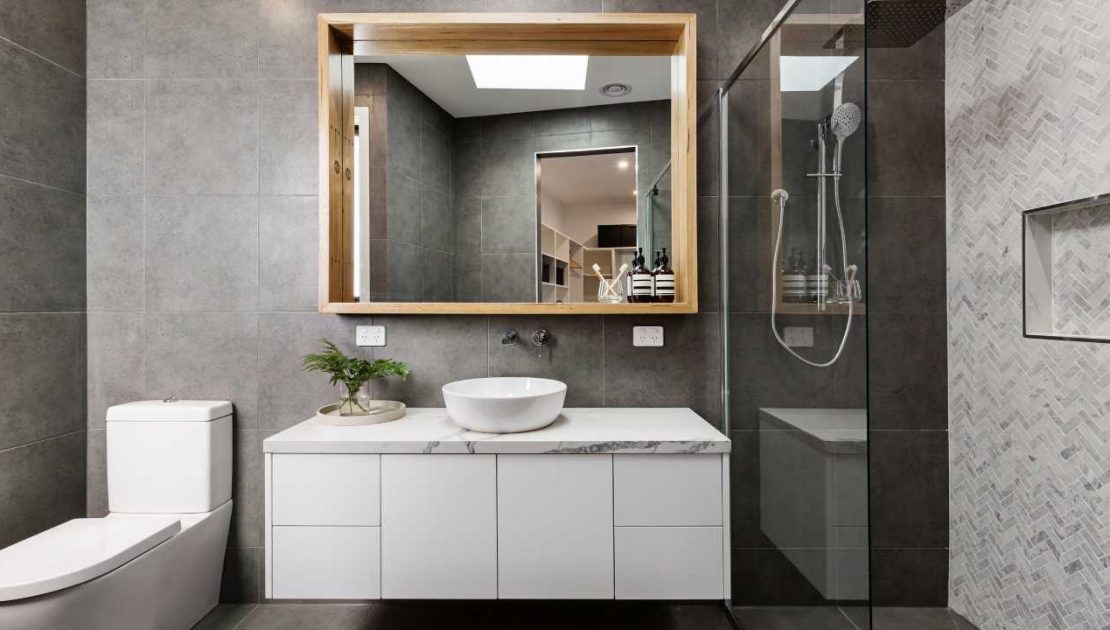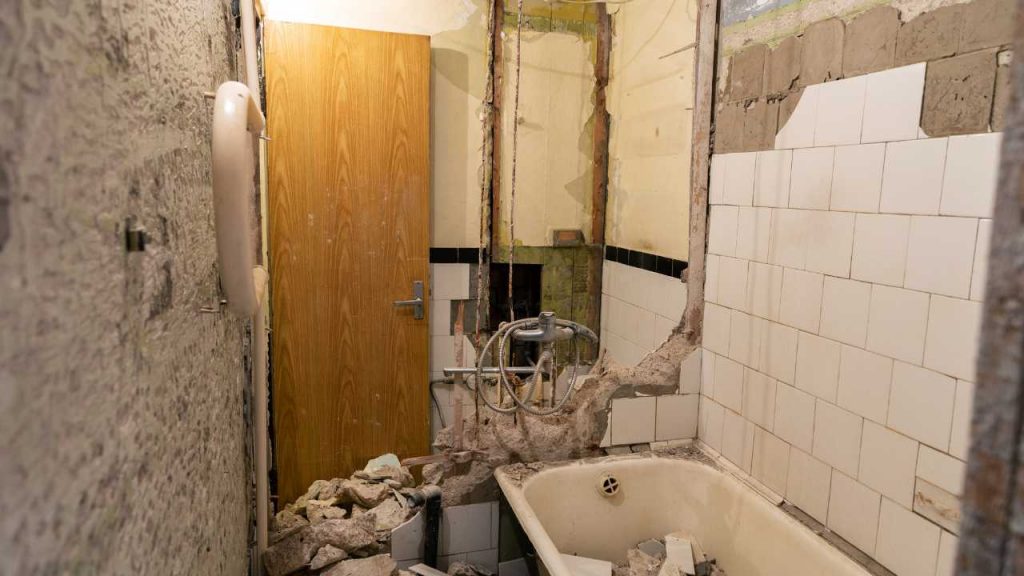Tired of your outdated bathroom in Cambridge? It’s time to give it a stunning makeover! Whether you’re looking to create a luxurious spa-like oasis or simply update the fixtures and tiles, this comprehensive guide will walk you through the process of bathroom renovation in Camrbidge.
We understand that every homeowner in Cambridge has their unique vision when it comes to updating their bathroom. That’s why our team of experts has compiled a diverse range of renovation ideas to suit your style preferences, budget, and space constraints. From sleek modern designs to timeless vintage charm, we’ve got you covered.
In this guide, we’ll explore the latest trends in bathroom design, including layout options, color palettes, and innovative storage solutions. We’ll also provide you with helpful tips on selecting the right materials, finding reputable contractors, and ensuring a smooth renovation process from start to finish.
Don’t let your bathroom remain a dull and uninspiring space. Get ready to transform it into a stylish and functional retreat with our guide to bathroom renovation in Cambridge. Say goodbye to outdated tiles and hello to a refreshing new bathroom that reflects your personal style and enhances your daily routine.





